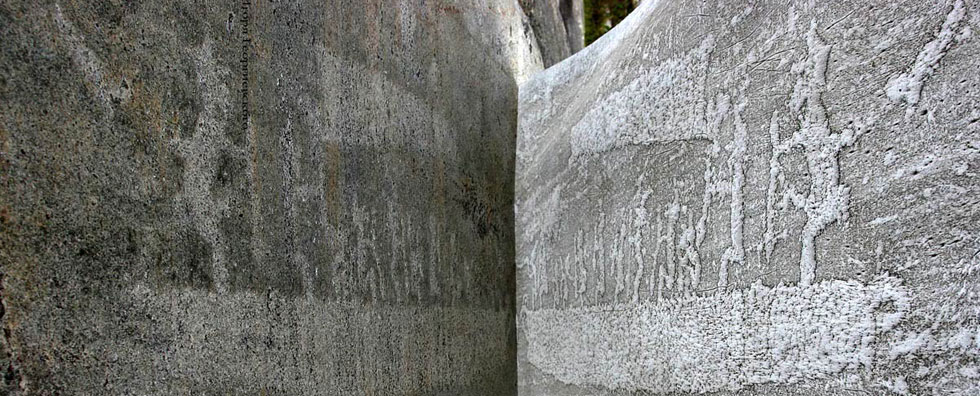
Issue №2, Vol. 19
Vasiliev V., Afonichev D. Calculation of a flexible waterproof material strength for flat float units with a stabilized buoyancy reserve // Resources and Technology. 2022. №2, Vol. 19. P. 77‒102.
DOI: 10.15393/j2.art.2022.6203
Calculation of a flexible waterproof material strength for flat float units with a stabilized buoyancy reserve
| Vasiliev Vladimir Viktorovich | Branch of JSC "UK EFKO" in Alekseevka, vasiliev.vladimir87@mail.ru |
| Afonichev Dmitry Nikolaevich | Voronezh State Agrarian University named after Emperor Peter the Great, dmafonichev@yandex.ru |
|
Key words: round timber; flat float unit; flexible waterproof material; stabilized buoyancy reserve; draft maximum stress; allowable stress; tensile strength |
Summary: The development of timber products water transportation on the territory of the Russian Federation should comply with a number of conditions, one of which is to ensure the environmental safety of operational water bodies. Log drifting has been prohibited on shallow rivers to ensure ecological safety of these rivers. Development of modern float units with high transportation and operational indicators presents an alternative solution for log drifting on small and medium-sized rivers. The authors propose a design of a flat float unit with a stabilized buoyancy reserve that is wrapped in a flexible waterproof material. The flexible waterproof material prevents direct contact of wood with water, provides light draft to the flat-float unit, a stable buoyancy reserve and preserves the quality of the supplied wood. Ensuring high transportation and operational performance of flat float units of stabilized buoyancy is regulated by the correct choice of flexible waterproof material. The authors present a method of calculating the required strength of a flexible waterproof material, where special attention is paid to the options for laying round timber in flat float units. The method accounts for action of external forces on units during their transportation through a water body and moving to coastal warehouses and logs receiving ports. The obtained strength indicators of the flexible waterproof material and the main dependences for determining the forces acting on the flat float units during their operation in various conditions make it possible to determine the mechanical and geometric characteristics of the material required for wrapping the float units. The introduction of modern flat float units design with a stabilized buoyancy reserve for round log drifting with the mandatory use of the presented methodology for calculating flexible waterproof material strength will make it possible to effectively drift these flat float units independently or as part of a raft. |
Displays: 691; Downloads: 372;




